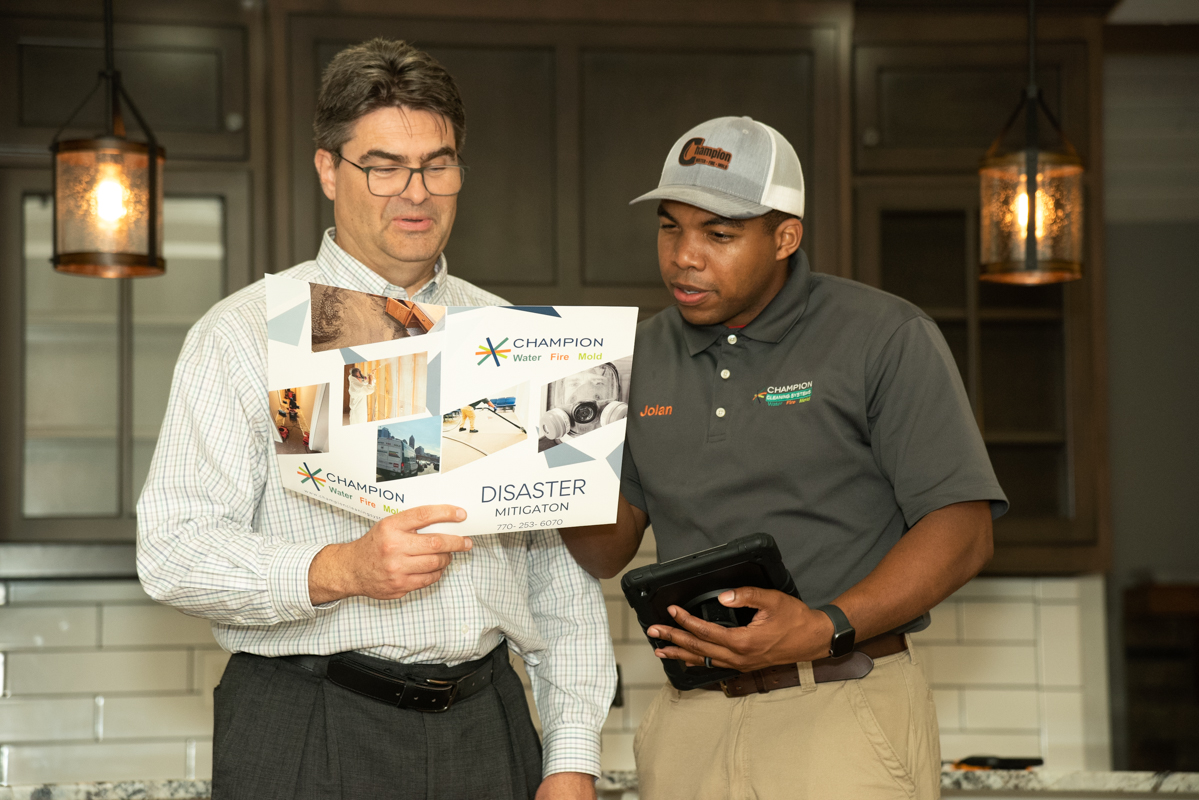24/7 Emergency Service

Water damage can be one of the most distressing issues a homeowner faces. Whether caused by a burst pipe, heavy rainfall, or a malfunctioning appliance, the aftermath can lead to significant financial and emotional stress. Understanding the insurance aspects of water damage claims is crucial to navigating this challenging situation effectively. Here’s what you need to know.
Types of Water Damage
Before diving into insurance claims, it's essential to understand the different types of water damage:
1. Sudden and Accidental Damage : This includes incidents like burst pipes or water damage to your roof caused by a storm should be covered. Most homeowners' insurance policies cover sudden and accidental water damage.
2. Gradual Damage : This type includes slow leaks or persistent moisture issues. Insurance may not cover these damages unless they resulted from a covered event.
3. Flooding : Typically caused by natural disasters, flooding is usually not covered under standard homeowners' policies. Homeowners must purchase separate flood insurance through the National Flood Insurance Program (NFIP) or private insurers.
Review Your Coverage
The first step in handling water damage claims is to thoroughly review your insurance policy. Key areas to focus on include:
- Dwelling Coverage : This typically covers the physical structure of your home and may include repairs from water damage caused by sudden incidents.
- Personal Property Coverage : This covers your belongings and may reimburse you for items damaged by water, depending on the cause.
- Additional Living Expenses (ALE) : If your home is uninhabitable due to water damage, ALE can help cover temporary housing costs.
Exclusions and Limitations
Many homeowners are surprised to discover that not all water damage is covered. Common exclusions include:
- Flood Damage : As mentioned, flood damage often requires separate coverage.
- Neglect : If the damage results from poor maintenance, such as failing to fix a slow leak, your claim may be denied.
- Sewer Backup : Damage from sewer backups typically requires additional coverage, often referred to as sewer and drain backup insurance
Filing a Claim
Document the Damage
When water damage occurs, your first step should be to document everything. Take photos and videos of the affected areas, damaged items, and any visible signs of water intrusion. This evidence will be vital when filing your claim.
Notify Your Insurer
Contact your insurance company as soon as possible to report the damage. Many policies have specific time frames for reporting claims, so don’t delay. Be prepared to provide:
- Details about the cause of the damage
- Documentation of your findings (photos, videos, etc.)
- A list of damaged items
Mitigate Further Damage
Insurance companies often expect homeowners to take reasonable steps to prevent further damage. This could involve:
- Removing standing water
- Using fans or dehumidifiers
- Securing the area to prevent additional leaks
Keep receipts for any expenses incurred during this process, as they may be reimbursable under your policy.
Working with Adjusters
Once your claim is filed, an insurance adjuster will likely be assigned to assess the damage. Be prepared to provide additional documentation and be available for any follow-up questions. It’s essential to:
- Be honest and thorough in your communication
- Ask questions if you don’t understand something
- Take notes during conversations for your records
Conclusion
Understanding the insurance aspects of water damage claims can significantly impact how smoothly the claims process goes. Familiarize yourself with your policy, document everything carefully, and take proactive steps to mitigate damage. By staying informed and organized, you can navigate the often-complex world of insurance and ensure that you receive the support you need during a challenging time.

